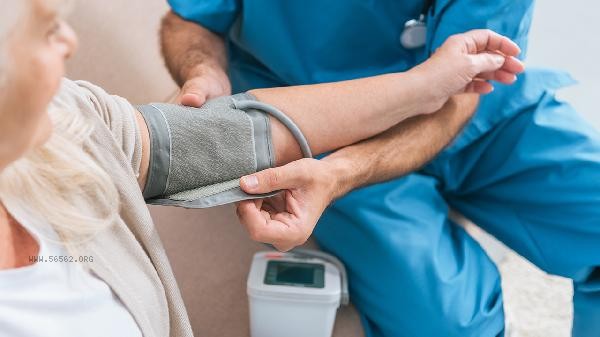The symptoms of orthostatic hypotension include dizziness, blurred vision, fatigue, and in severe cases, fainting. Symptoms usually appear suddenly when standing or sitting up, with a short duration but may recur. Improving lifestyle, adjusting diet, and exercising appropriately can help alleviate symptoms, and in severe cases, medical treatment is necessary.

1. Dizziness is a typical symptom of orthostatic hypotension, characterized by sudden dizziness in the head when standing or sitting up, which may be accompanied by blackening of the eyes. This situation is related to abnormal blood pressure regulation function, leading to insufficient blood supply to the brain. It is recommended that patients avoid sudden changes in position and sit up for a moment before standing up when getting up to reduce the occurrence of dizziness.
2. Blurred vision is another common symptom of orthostatic hypotension, manifested as blurred vision or brief blindness while standing. This is due to a sudden drop in blood pressure causing insufficient blood supply to the eyes. Patients should avoid standing for long periods of time, especially in hot or enclosed environments, while maintaining sufficient water intake to help maintain stable blood pressure.

3. Fatigue is more common in patients with orthostatic hypotension, manifested as feeling weak throughout the body when standing or moving. This may be related to blood pressure fluctuations and poor blood circulation. It is recommended that patients engage in moderate aerobic exercise, such as walking or swimming, to enhance cardiovascular function and improve fatigue symptoms.
4. Syncope is a severe manifestation of orthostatic hypotension, usually occurring during a sudden drop in blood pressure, leading to temporary loss of consciousness. Before fainting, there may be symptoms such as nausea and sweating. Patients should avoid standing for long periods of time or being in a high-temperature environment. If they frequently faint, they should seek medical attention promptly and check for potential illnesses.
5. Prevention and improvement measures for orthostatic hypotension include adjusting diet, increasing salt and water intake, and avoiding excessive alcohol consumption. Wearing elastic socks can help promote blood circulation in the lower limbs and reduce blood pressure fluctuations. For patients with severe symptoms, doctors may prescribe medication such as dexamethasone or metoclopramide to help regulate blood pressure. Although orthostatic hypotension is common, most patients can effectively alleviate symptoms through reasonable lifestyle and dietary adjustments. If the symptoms are frequent or seriously affect the quality of life, timely medical attention should be sought to investigate whether there are other potential diseases, and targeted treatment should be carried out under the guidance of a doctor.









Comments (0)
Leave a Comment
No comments yet
Be the first to share your thoughts!